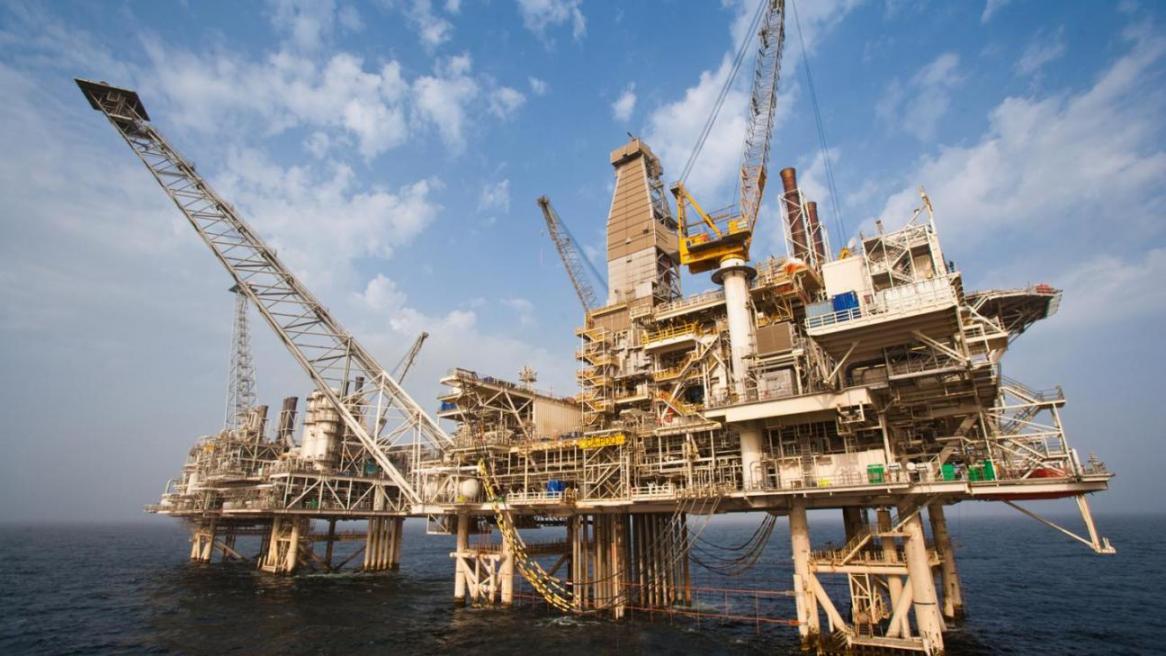An increasing number of Iraqis, especially the residents of Baghdad, are flocking to northern Caspian Sea shores.
This increasingly uncommon sight to Mazandaran locals and Tehran natives alike, according to the locals, has gained in prominence over the past four years.
Iran’s Caspian coastline is not famous for international visitors these days and over the past many years, Tehran’s residents constituted the majority of visitors taking short breaks from the hustle and bustle of urban life, four hours south.
This upswing in visitors from Iran’s western neighbor, however, is an interesting sight to behold. Along the Caspian Sea highway, the road connecting east-to-west along the southern coast of the inland sea, large American SUVs with Iraqi license plates roll along at high speeds.
These are closely followed by locally rented vehicles full of young Baghdadi men unconcerned about difficulties related to the local language.
One local villa rental worker, Mohammad Rahman, in the town of Namak Abroud, west of Chalous, said, “We’ve been receiving people from Baghdad for at least three years. But in the past couple of years, their numbers have exploded.”
Rahman added that the typical Iraqi holiday tour group rents villas in groups of four families or above with many of them driving all the way from the Iraqi capital.
His statements were supported by a local taxi driver, identifying himself as Ansari.
“We’ve seen a steady increase in the numbers of Iraqis coming here, specifically Namak Abroud,” he said, adding that a majority of Baghdad residents start arriving in summer.
Statistics also support the claims by the Caspian region residents. According to official statistics, the number of people visiting from Iraq over the past year has increased by over 200,000 people.
The annual figure of Iraqis visiting the country now stands at 2 million, according to the Iranian Foreign Ministry release from six months ago.
Figures could be even higher, as officials at Iran’s Cultural Heritage, Handicrafts and Tourism Organization say we cannot determine the exact figure as many Iraqis hold other passports.
The rising number of Iraqi visitors should not be seen as a blip on the wider number of tourists coming to Iran, as it reflects the trend of warming relations between Baghdad and Tehran.
The administration of President Hassan Rouhani has repeatedly stated since it began its term in Aug. 2013 that it wishes to boost inbound tourism to Iran. Recent movements about relaxing visa requirements for residents of multiple countries show that their revised policy is working.
Since the fall of the Ba’athist regime of Saddam Hussein in Baghdad, Iraqi religious pilgrims and now summer holidaymakers have rediscovered their eastern counterpart.
According to Bing Maps, the average drive from Baghdad to Chalous should take just over 10 hours straight with cars driving over 1,000 km. Although an arduous trip, Iraqi registered vehicles can be seen stopping along their way to the seaside.
Financial Tribune managed to speak with one of the visiting Iraqis at a roadside pizzeria outside Chalous. The tourist, who did not give his name, said he had flown to Tehran, where he rented a car to drive up through the Alborz Mountains.
“I’m so happy to come to Iran. I like the fresh air and rain,” he said.
The current government says it wants to attract 20 million visitors a year by 2025, generating up to $30 billion in revenues over that time frame.
With the prospects of a more liberal financial system in the coming years, with the likes of Visa and MasterCard being accepted by 2018, according to one banking expert, foreign visitors’ numbers is likely to increase twofold.
The expansion of relations between Tehran and Baghdad is expected to boost the trend of Iraqis visiting Iranian tourism hotspots.


